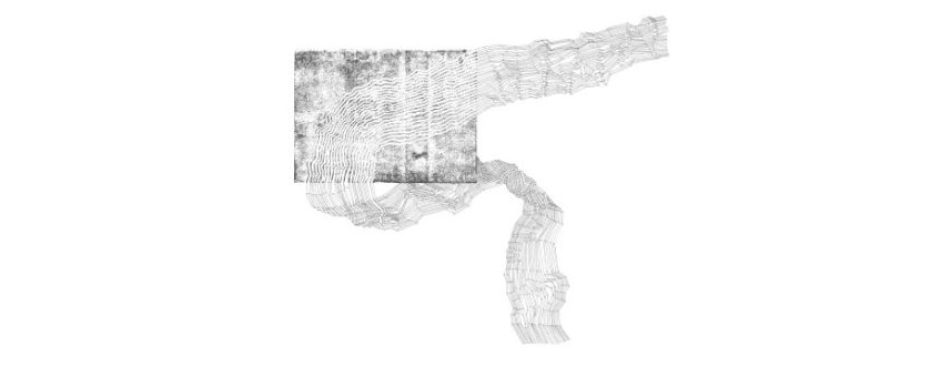I began with the hope of addressing climate justice in my teaching and how to translate much of the difficulty, nuance and intersectionality present in how humanity is destroying the planet. However I always have difficulty finding ways to address this with positivity and hope. Many students I have encountered are already so burdened by society’s expectation that they are the generation to fix the issues created by everyone who came before them that they are overwhelmed to the point of resignation or apathy.
There are arguments that the best way to combat this apathy – or the resultant anxiety which many experience – is through action. This can take many forms all of which are helpful for the planet but which differ in their help to the individual based upon their needs. Activism, charitable donations, knowledge gathering, consumer decision-making or upskilling are all actions taken by many to ‘do their part’ but in considering such actions as genesis points for a piece of action research I found myself seeking something more fundamental which tied these things together. Ultimately for each of these things to be sustainable (both globally and for the individual) one must consider one’s attitude towards climate justice. If, for example, we are satiating our internal struggle with an occasional donation to Greenpeace, after which we feel absolved of our complicity in the climate crisis and carry on extracting from the earth’s resources a little while longer, we are not embodying a sustainable or regenerative attitude with regard to planetary wellbeing.
It is important I recognise that I write this from a position of complicity and benefit in this system. It is impossible in contemporary western society to fully remove myself from extractivism. If I were to do so I would not be able to write this for example. I would not be using a laptop containing materials and components taken violently from environments all over the planet, created through dubious labour conditions and with vast amounts of fossil fuel based energy. But within this system I can use my position to try to change it for those who do not have the luxury of the space, time, energy, support or safety to challenge the status quo.
We need to change our ways of thinking and operating, moving away from extraction and towards contribution as the fundamental driving force behind our actions. In their book On Connection Kae Tempest argues that if we continue to approach situations with ‘what can I gain from this?’ as a formative question the cycle of extraction continues, whereas ‘what can I offer?’ establishes a system of support for others which in turn will see ourselves supported (Tempest, 2020).
In returning with these thoughts to my teaching practice I realised the best thing I could offer my students is guidance on how to work collectively, in support of one another. In doing so (hopefully) establishing meaningful and mutually beneficial relationships based upon non-extractive thinking and behaviours. My own experience of architectural education, and arts education as a whole, showed me that it would have been next-to-impossible to complete without the support of my peers. In many ways this was more important than the support of my teachers because it came from kindness and therefore sincerity. Fellow students are not paid to offer advice on your work, comfort you when you are stressed, or exchange knowledge gained through experience. This offer of help is a tacit recognition of the challenge faced in any artistic pursuit and in that recognition manifests a sharing. It is an expression of non-extractive behaviour, one in which parties can offer something to one another and all benefit as a result. The outcome is more than the sum of its parts.
Another benefit to such recognition and support is an understanding of the identities one another hold. Allport’s Contact Hypothesis theorises that contact between members of differing groups, be that race, gender, sexuality or any form of difference, helps to establish understanding between them and consequently reduce prejudice (Allport, 1979). My students are varied, with a number of identities represented even in a small group, so there is an enormous amount they can learn one another that arguably makes their more formal and recognised education about architecture pale into insignificance.
Given the now widely recognised inter-relation between climate and social justice (Nakat, 2023), helping students recognise the difficulties faced by one other and work together to combat it, is microcosmic of the transformation we need to make globally to regenerate our ailing planet, and as a result feels like a good place to start.
References
Allport, G.W. (1979) The Nature Of Prejudice: 25th Anniversary Edition. Anniversary edition. Reading, Mass: Basic Books.
Nakat, G. (2023) Climate justice and social justice: Two sides of the same coin – Greenpeace International. Available at: https://www.greenpeace.org/international/story/58334/climate-justice-and-social-justice-two-sides-of-the-same-coin/ (Accessed: 12 October 2024).
Tempest, K. (2020) On Connection. Main edition. London: Faber & Faber.

Wonderful connections to make:)